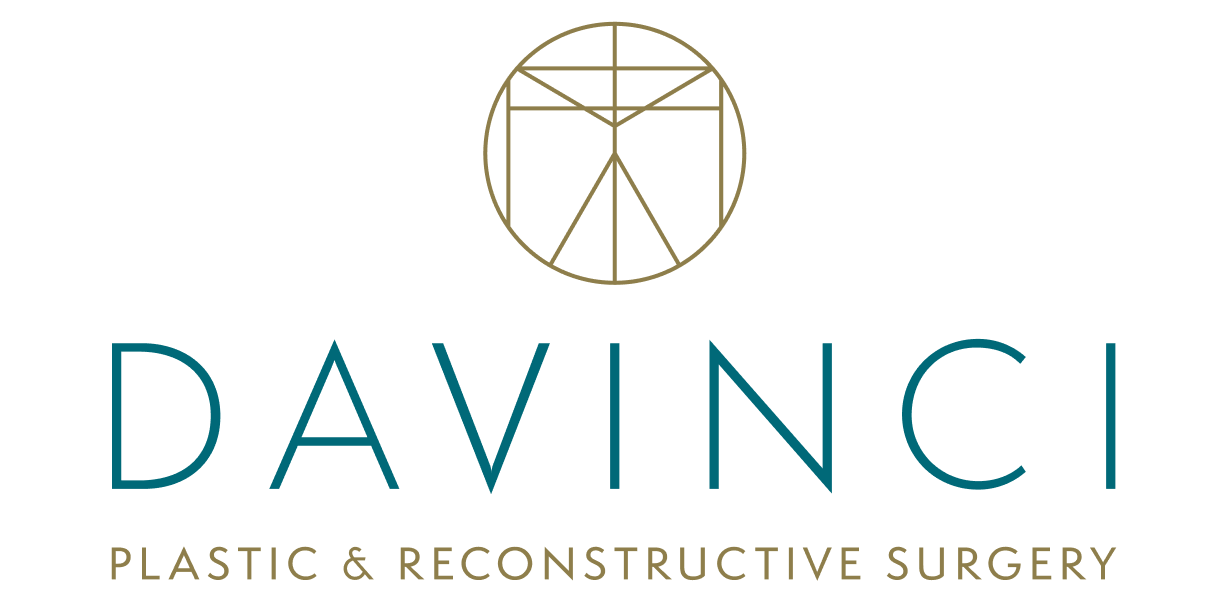Posted June 23, 2015 in Age Reversing, AntiAging
3 minute read
Do you have trouble breathing through your nose? One of the possible causes is a deviated septum. This can happen as a result of genetics or an impact caused by an accident or athletic event. A deviated septum makes breathing difficult because the bone and cartilage that is supposed to be down the center of the nose that divides the nasal cavity in half is crooked or drastically off center.
- The best way to confirm a deviated septum is to see a specialist like myself. The following are common symptoms of a deviated septum:
- nasal congestion on both sides or one side being more congested than the other
- difficulty or loud breathing
- repeated sinus infections or constant postnasal drip
- aching in the head or face
- issues with breathing during sleep, such as snoring or sleep apnea
- nosebleeds
The specific surgical procedure to fix a deviated septum is called a Septorhinoplasty.
TREATING A DEVIATED SEPTUM
Septoplasty is often combined with Rhinoplasty, or nose job, to correct the external effects of the crooked insides. The combination of these two procedures is called a Septorhinoplasty. Rhinoplasty is one of the most common surgical procedures and in the hands of a skilled surgeon like myself, the results can help you breath easier from both physiological and aesthetic improvement. Anyone in good overall health is a candidate, although for children needing septoplasty, it is preferable to wait until after the nose has stopped growing around age 15.
WHAT DOES SEPTORHINOPLASTY INVOLVE?
Septoplasty: By working through the inside of the nose, a small incision is made in the septum. The breathing canals of the nostrils are evened out by removing the excess bone or cartilage. Soft gauze or internal splints stabilize the nose as it heals.
Rhinoplasty: This portion of the procedure corrects any cosmetic imbalances in the bridge or nostrils to improve the nose’s appearance and overall harmony of the face. This recontour of the nose improves functionality and appearance to give optimal performance and confidence.
Both are performed on an outpatient basis and using either intravenous sedation or general anesthesia, depending on the patient’s health conditions and preferences.
RECOVERY… Oral pain medication will help mitigate the discomfort from either surgery. Septoplasty recovery should be within a week. Rhinoplasty recovery from bruising, swelling, and incision healing is longer than Septoplasty alone. It’ll last about a week or two, although some people can return to work after 1 week. Either way it’s recommended to rest of the head elevated to help with swelling. Even after the initial Rhinoplasty recovery of about 2 weeks, patients should refrain from intense exercise and contact sports for at least 1 to 2 months. This makes it imperative for athletes to correct their deviated septum in the “off season.”
Whether you’re just having trouble breathing or would also like to improve the external appearance of your nose, we can discuss which surgery technique is best for you. Please visit www.davinciplastic.com to schedule a consultation.
Steven Davison M.D.
Board Certified Plastic/Reconstructive Surgeon







